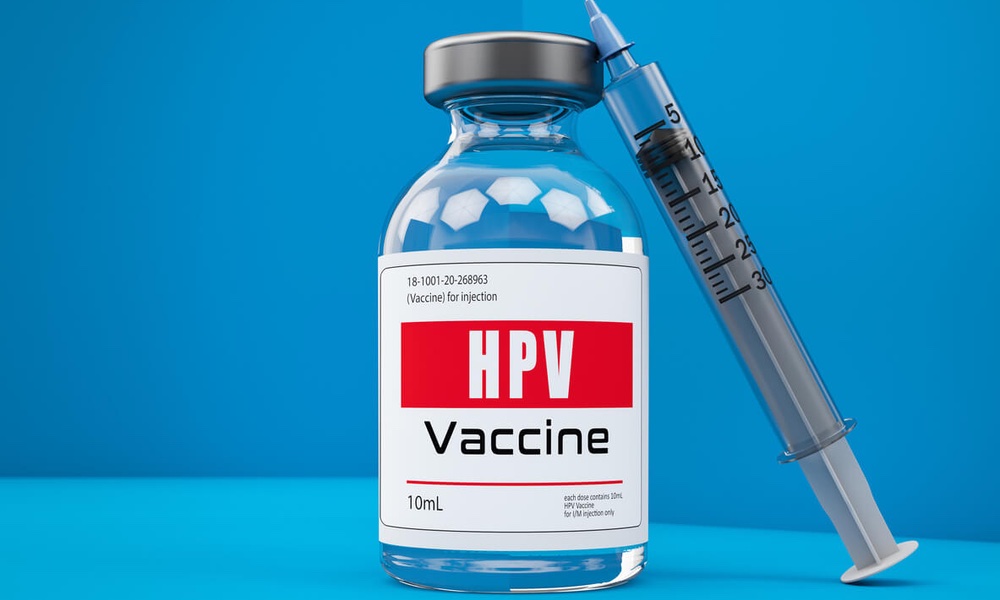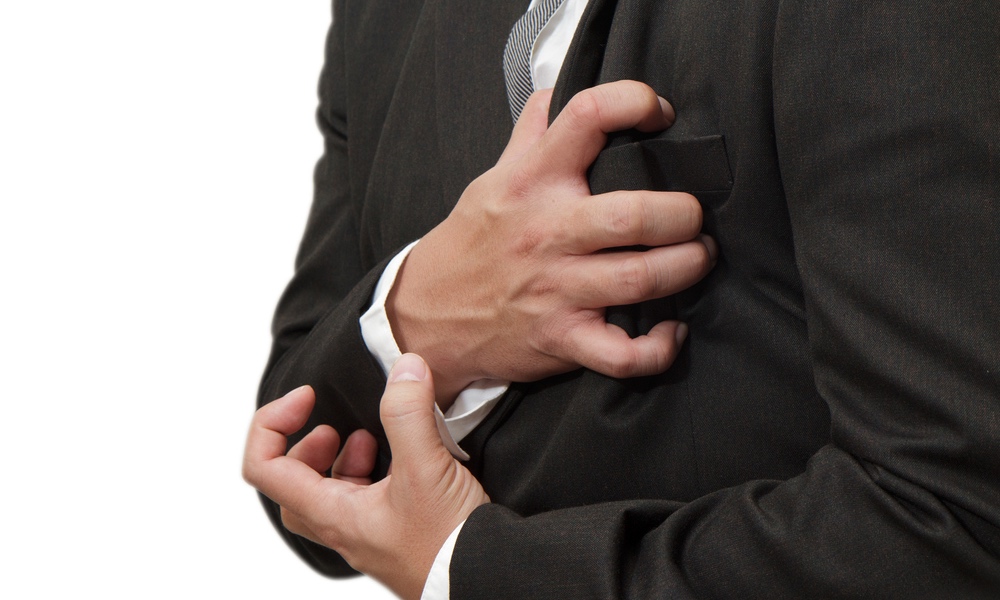Human papilloma virus (HPV) is the most common sexually transmitted infection worldwide. The virus is the primary cause of cervical cancer and can also lead to other genital and head and neck cancers in both women and men.
In fact, about 630,000 new cancer diagnoses each year are attributed to HPV.
HPV vaccines were first introduced 17 years ago. As the results of randomized clinical trials show, they provide protection against the virus. Participants in those trials, however, tended to be healthier and at lower risk for HPV infection than the general population.HPV rates dropped by almost 76 percent among participants who received the HPV vaccine available in the U.S. It is effective against nine variants of the virus.
Seventy-nine percent of study participants had two or more male sexual partners and 51 percent had a history of at least one sexually transmitted infection. Because the young women were sexually active, they may have been exposed to HPV before vaccination. They also may not have received all the doses of the vaccine, Jessica Kahn, lead author on the study, explained.
During the 17-year study period, vaccination rates rose dramatically — from zero to 82 percent. At the same time, HPV rates dropped by almost 76 percent among participants who received the only currently available HPV vaccine in the U.S., which is effective against nine types of HPV.
The effectiveness of the vaccine in this high-risk population surprised Kahn. “The levels of effectiveness we saw in a real-world setting were comparable to levels of effectiveness seen in randomized clinical trials, which was really remarkable,” she told TheDoctor.
The researchers also found strong evidence of herd immunity, which happens when enough members of a community are vaccinated to prevent the spread of infection. Among unvaccinated participants, infections with two types of HPV vaccine decreased by more than 71 percent and infections with four types of HPV decreased by almost 76 percent.
In order to protect people who cannot get vaccinated for some reason, a certain level of herd immunity needs to be achieved and maintained, Rachel Katzenellenbogen, one of the authors of an editorial on the study, explained.High vaccination rates and the strategy of vaccinating both boys and girls are believed to have contributed to the degree of herd immunity achieved during the study period.
Although herd immunity definitely improved over time, there was an increase in HPV infections among unvaccinated participants at the last time point in the study. “That shows some relative fragility in trusting your community to protect you,” Katzenellenbogen, chief of adolescent medicine at Indiana University School of Medicine, told TheDoctor.
This study focused on the effectiveness of HPV vaccination and herd immunity in girls. Kahn and her team also have a lot of data in boys that they are still analyzing. “We would like to look at real world data about effectiveness and herd immunity in boys,” she said.





